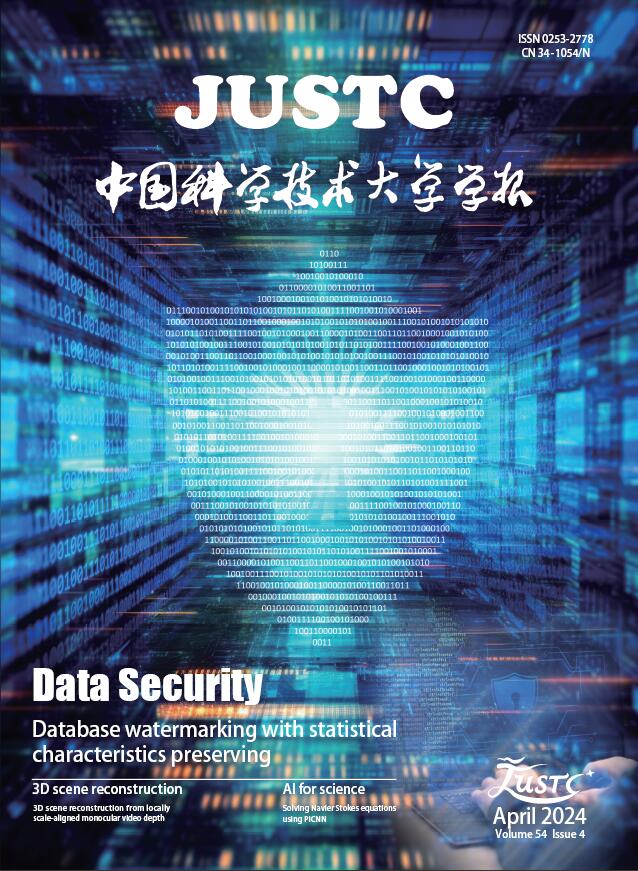2018 Vol. 48, No. 2
column
Display Method:
2018, 48(2): 111-117.
doi: 10.3969/j.issn.0253-2778.2018.02.004
Abstract:
2018, 48(2): 140-147.
doi: 10.3969/j.issn.0253-2778.2018.02.008
Abstract:
2018, 48(2): 148-153.
doi: 10.3969/j.issn.0253-2778.2018.02.009
Abstract:
2018, 48(2): 154-160.
doi: 10.3969/j.issn.0253-2778.2018.02.010
Abstract:
2018, 48(2): 118-124.
doi: 10.3969/j.issn.0253-2778.2018.02.005
Abstract:
2018, 48(2): 162-173.
doi: 10.3969/j.issn.0253-2778.2018.02.011
Abstract:





